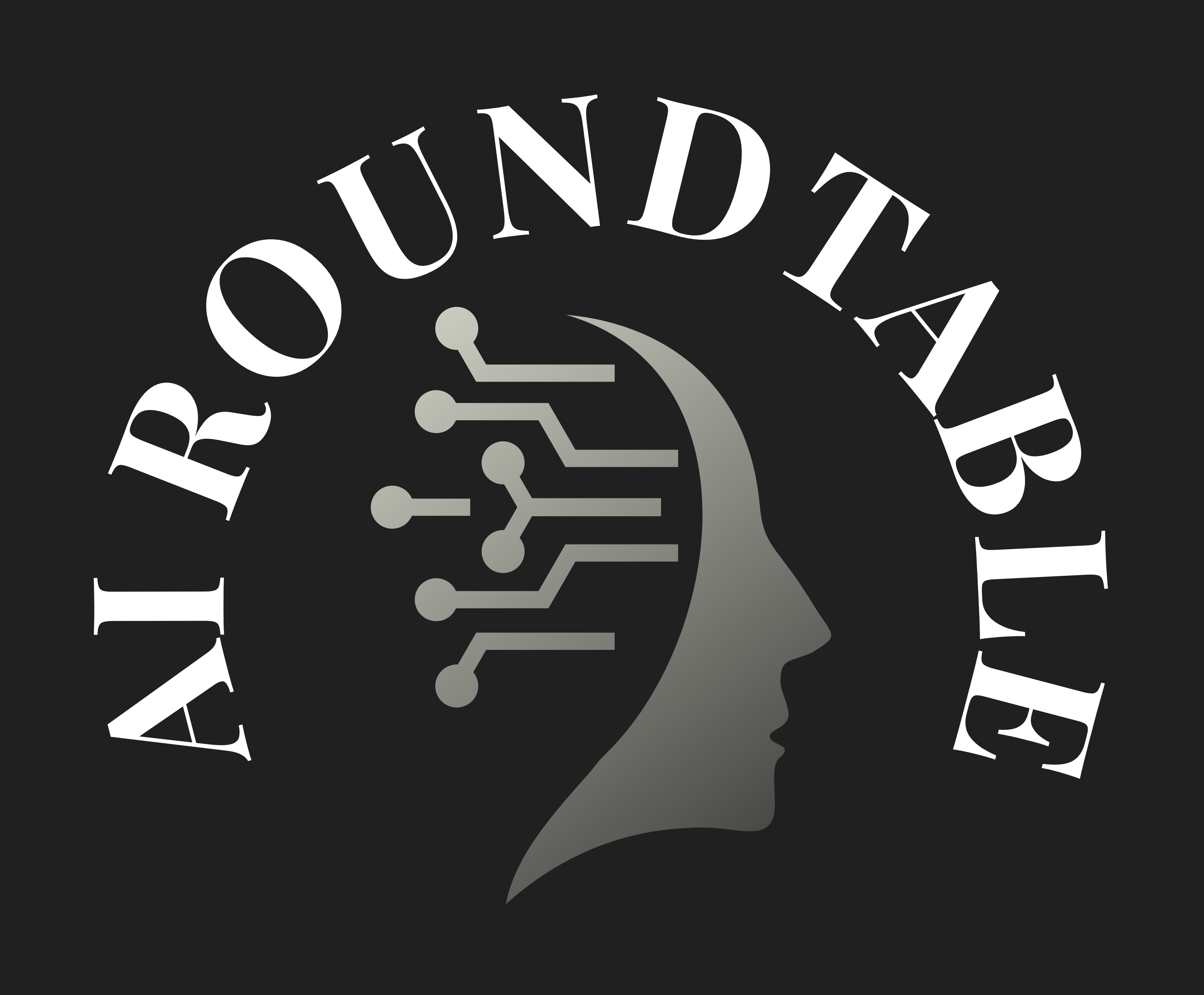- WebGPT
- RAG-GPT
- WebRAGQuery
- LLM Full Finetuning
- RAG-Master LLamaindex vs Langchain
- open-source-RAG: Will be added soon.
- Multimodal ChatBot: Will be added soon.
- PEFT: Parameter-Efficient Finetuning: Will be added soon.
- LLM Pretraining: Will be added soon.
General structure of the projects:
Project-folder
├── README.md <- The top-level README for developers using this project.
├── HELPER.md <- Contains extra information that might be useful to know for executing the project.
├── .env <- dotenv file for local configuration.
├── .here <- Marker for project root.
├── configs <- Holds yml files for project configs
├── data <- Contains the sample data for the project.
├── src <- Contains the source code(s) for executing the project.
| └── utils <- Contains all the necesssary project's modules.
└── images <- Contains all the images used in the user interface and the README file.
NOTE: This is the general structure of the projects, however there might be small changes duo to the specific needs of each project.
In this project, I compare the performance of `5` famous RAG techniques which have been proposed by Langchain and Llama-index. The test is being done on `40` questions on `5` different documents. Moreover, the projects provides `2` separate RAG chatbots that offer `8` RAG techniques from these two frameworks.
YouTube video: Link
In this project, we use a fictional company called Cubetriangle and design the pipeline to process its raw data, finetune `3` large language models (LLMs) on it, and design a chatbot using the best model.
YouTube video: Link
Libraries: huggingface - OpenAI - chainlit
WebGPT is a powerful tool enabling users to pose questions that require internet searches. Leveraging GPT models:
- It identifies and executes the most relevant given Python functions in response to user queries.
- The second GPT model generates responses by combining user queries with content retrieved from the web search engine.
- The user-friendly interface is built using Streamlit.
- The web search supports diverse searches such as text, news, PDFs, images, videos, maps, and instant responses.
- Overcoming knowledge-cutoff limitations, the chatbot delivers answers based on the latest internet content.
YouTube video: Link
Libraries: OpenAI (It uses GPT model's function calling capability) - duckduckgo-search - streamlit
RAG-GPT is a chatbot that enables you to chat with your documents (PDFs and Doc). The chatbot offers versatile usage through three distinct methods:
- Offline Documents: Engage with documents that you've pre-processed and vectorized. These documents can be seamlessly integrated into your chat sessions.
- Real-time Uploads: Easily upload documents during your chat sessions, allowing the chatbot to process and respond to the content on-the-fly.
- Summarization Requests: Request the chatbot to provide a comprehensive summary of an entire PDF or document in a single interaction, streamlining information retrieval.
Libraries: OpenAI - Langchain - ChromaDB - Gradio
YouTube video: Link
WebRAGQuery: (Combining WebGPT and RAG-GPT)WebRAGQuery is a chatbot that goes beyond typical internet searches. Built on the foundations of WebGPT and RAG-GPT, this project empowers users to delve into the depths of both general knowledge and specific URL content.
Key Features:
- Intelligent Decision-Making: Our model intelligently decides whether to answer user queries based on its internal knowledge base or execute relevant Python functions.
- Dynamic Functionality: Identify and execute the most pertinent Python functions in response to user queries, expanding the scope of what the chatbot can achieve.
- Web-Integrated Responses: The second GPT model seamlessly combines user queries with content retrieved from web searches, providing rich and context-aware responses.
- Website-Specific Queries: When users inquire about a specific website, the model dynamically calls a function to load, vectorize, and create a vectordb from the site's content.
- Memory: WebRAGQuery boasts a memory feature that allows it to retain information about user interactions. This enables a more coherent and context-aware conversation by keeping track of previous questions and answers.
- Vectordb Interactions: Users can query the content of the vectordb by starting their questions with ** and exit the RAG conversation by omitting ** from the query. ** can trigger the third GPT model for RAG Q&A.
- Chainlit Interface: The user-friendly interface is built using Chainlit, enhancing the overall user experience.
- Diverse Search Capabilities: WebRAGQuery supports a variety of searches, including text, news, PDFs, images, videos, maps, and instant responses.
- Overcoming Knowledge-Cutoff Limitations: This chatbot transcends knowledge-cutoff limitations, providing answers based on the latest internet content and even allowing users to ask questions about webpage content.
YouTube video: Link
Libraries: OpenAI - Langchain - ChromaDB - chainlit
## Tutorial description:
This project showcases the capacity of GPT models to produce executable functions in JSON format. It illustrates this capability through a practical example involving the utilization of Python with the GPT model.
Libraries: OpenAI
YouTube video: Link
This project provides a comprehensive visualization of text vectorization and demonstrates the power of vector search. It further explores the vectorization on both OpenAi `text-embedding-ada-002` and the open source `BAAI/bge-large-zh-v1.5` model.
Libraries: OpenAI - HuggingFace
YouTube video: Link
Slides: Link
To run the projects, you will need to install the required libraries. Follow the steps below to get started:
- Clone the repository and navigate to the project directory.
git clone https://github.com/Farzad-R/LLM-Zero-to-Hundred.git
cd <yourproject>
- Create a new virtual environment using a tool like virtualenv or conda, and activate the environment:
conda create --name projectenv python=3.11
conda activate projectenv
- Install the required libraries using the following commands:
pip install -r requirements.txt
- Then
cd <to each directory>
Follow the instructions provided for that specific project.
